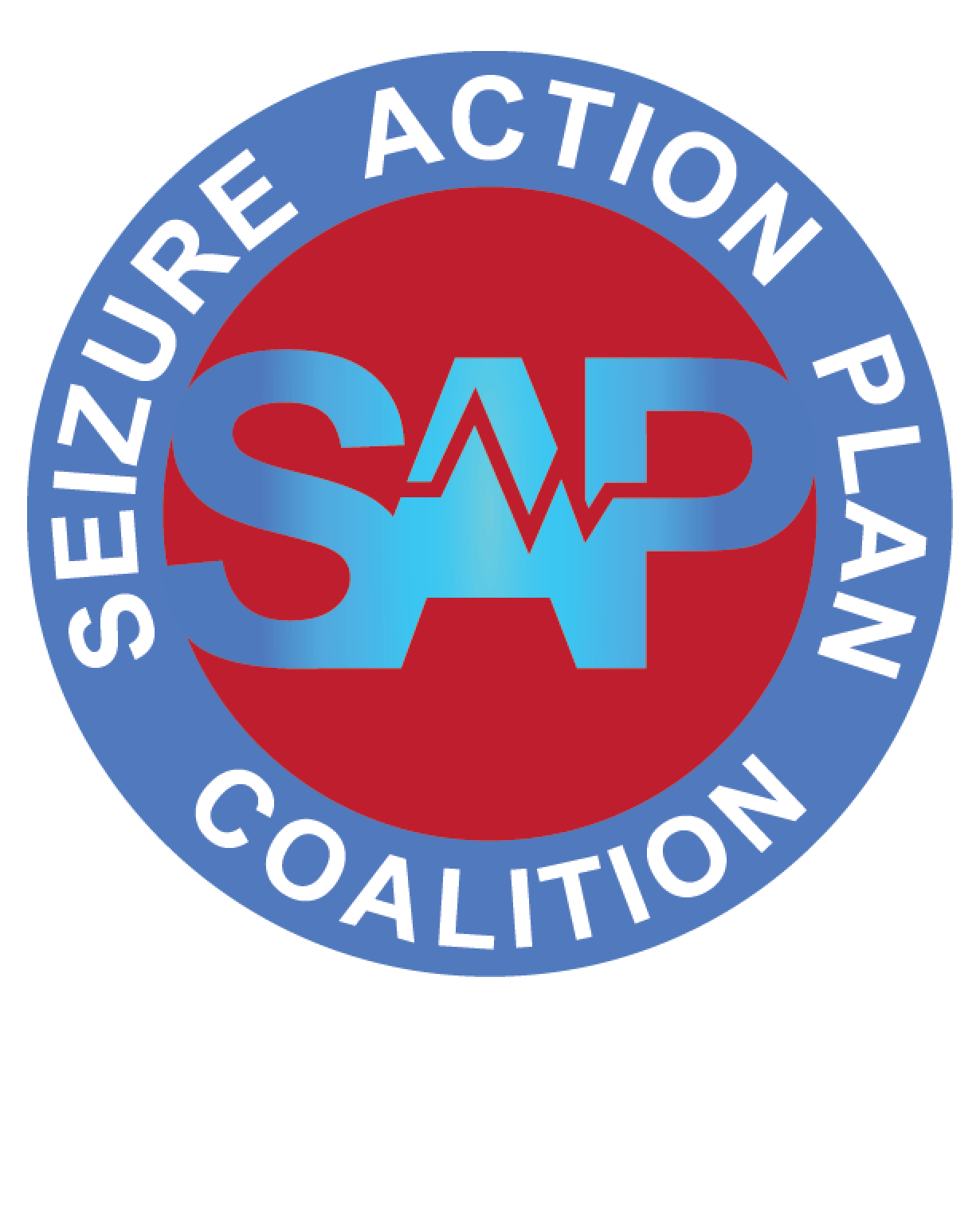“A prepared seizure action plan and a willingness to ask for help may only mean carrying the comprehensive document with me on my adventures.”
Last night was particularly rough and I was unable to sleep because I had a nasty seizure. It’s become par for the course as a 40-something patient with refractory temporal lobe epilepsy, diagnosed at 5-years-old. Since that time, there have been countless medications, two brain surgeries, and a VNS implant. Despite continued seizures, I am privileged to live a very big life.
I received an unexpected email from a colleague asking if I would share my story for the newly formed SAP coalition from leading advocacy organization TS Alliance, LGS Foundation, and Dravet Syndrome Foundation. My honest response, a laugh, and a muttered, “What SAP?” My 11-year-old, superstar daughter was sitting 5 feet away with the phone and mom’s magnet armed to stop any seizure activity that might rear its ugly face after a night of no sleep. I had taken the appropriate medication to avoid seizure clusters, but she was prepared to notify medical personnel if needed and was generously babysitting me so I could take a needed nap. Did I have a written SAP? Nope.
I have made a habit of telling co-workers, mentors, and the wonderful woman that drives me to medical appointments, the airport, and the university for work exactly what a seizure looks like and how to respond. However, I have neglected to write down a formal SAP and carry it with me. People are inherently good and upon learning that I have epilepsy usually respond, “What should I do if you have a seizure?” However, as I became responsible for my care (which paralleled the advent of technologies that I just might be too dependent on), the diligent time and care that a mother takes noting step-by-step guidelines for seizure response, medication lists, emergency numbers, and medical documentation to follow their child to school, camp, the ballpark, and sleepovers fell by the wayside. I will be the first to admit that mom took better care of me than I do of myself.
Who took up the slack for mom? My husband and 3 kids. They know how to handle a seizure and when it has become a medical emergency. I know better than to take for granted that I am surrounded by remarkable human beings. I asked my daughter what she thought about developing a SAP with my neurologists while she was keeping a watchful eye on me and she agreed that it would be helpful even though she’s, “got this.”
I would have benefited from an SAP, but wasn’t prepared several times:
-I have had seizures in lab and was with co-workers that weren’t aware of my condition on a few occasions. The SAP is not unlike the standard operating procedures we use for many lab activities. I am learning it is may boost others’ comfort level as well as my own.
-Sharing a SAP with airline staff would have helped flight crew and other passengers respond to the seizure I had in flight returning from a conference.
I am generally risk adverse, but do not limit myself, thus, a prepared SAP and a willingness to ask for help may only mean carrying the comprehensive document with me on my adventures. Thank you to the TS Alliance, LGS Foundation, and Dravet Syndrome Foundation for reminding me to refocus and remember that I should attempt to manage my care in a manner that mom would.




